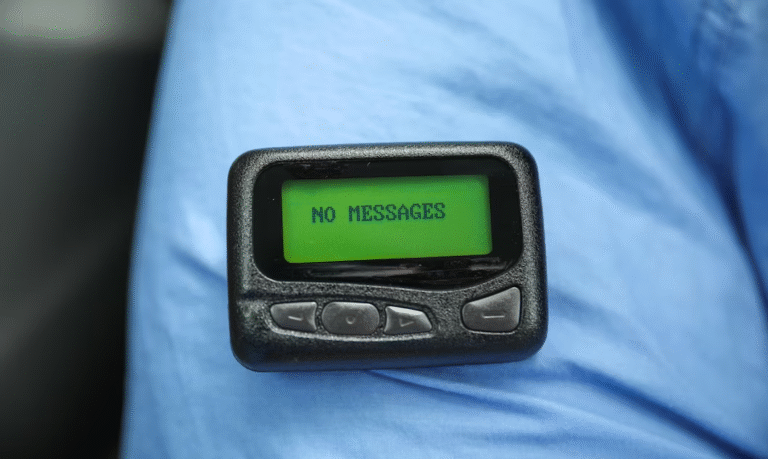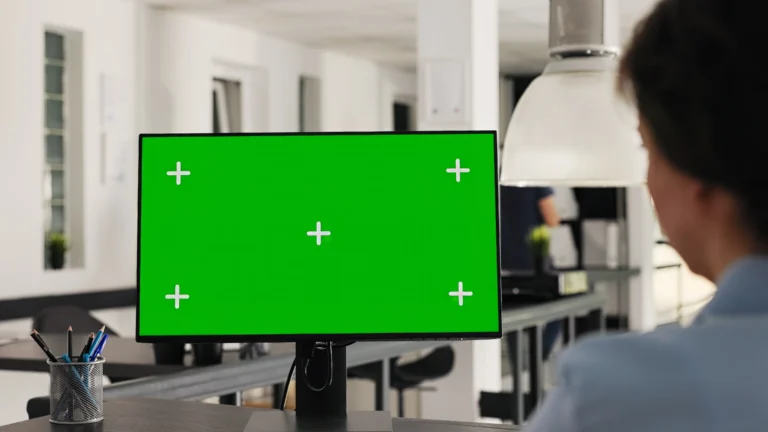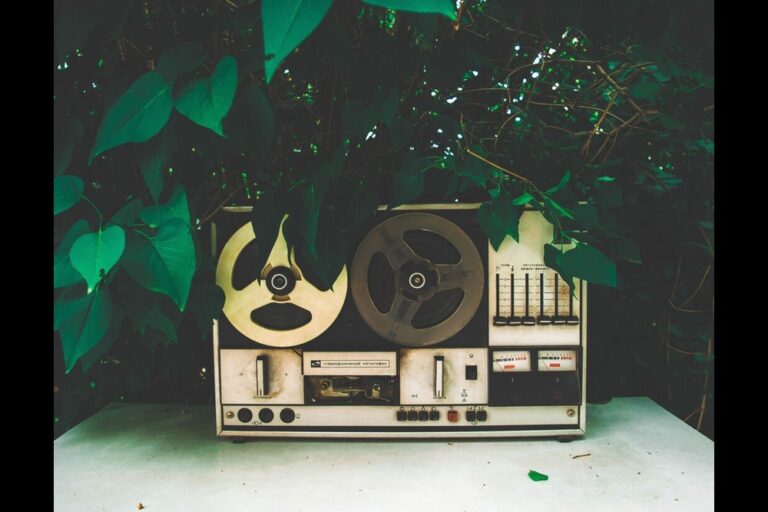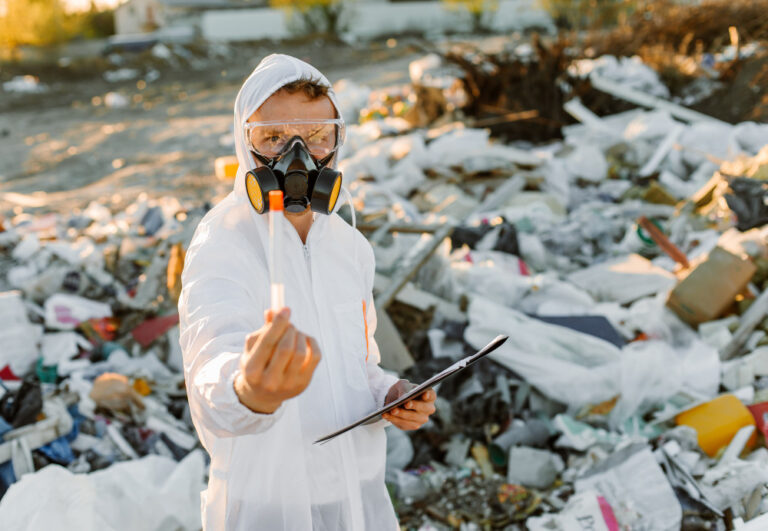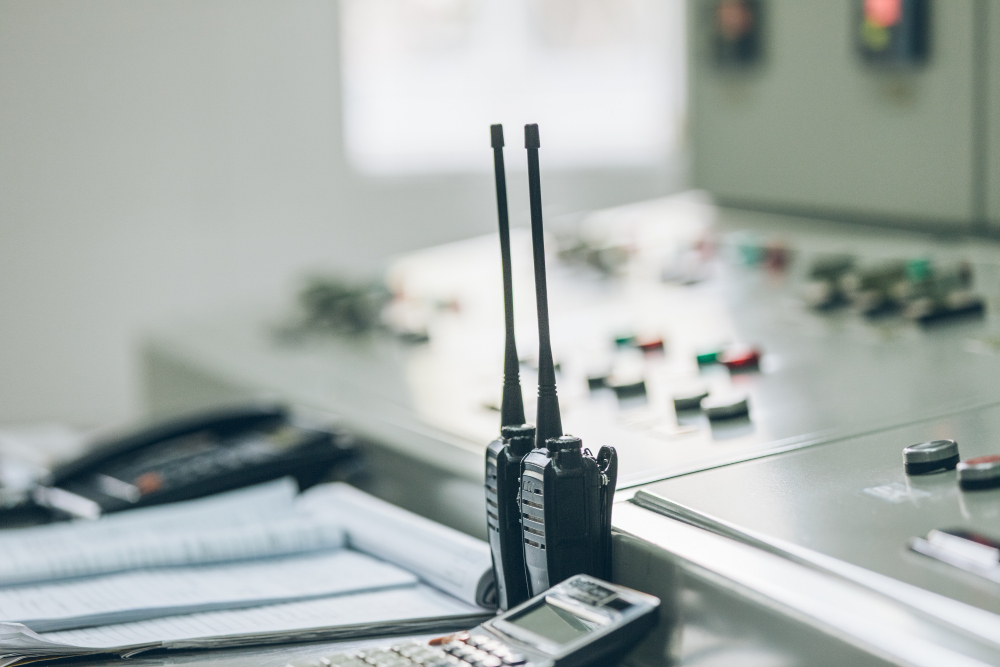
Vintage walkie talkies have a charm that modern gadgets simply can’t replicate. Whether you’re a tech collector, a history buff, or just someone drawn to the nostalgia of analog communication, these sturdy, portable radios bring stories and signals from a past era right into your hands. In this post, we’ll explore the history of vintage walkie talkies, spotlight some of the best vintage walkie talkies for collectors, and celebrate the enduring appeal of retro walkie talkies and vintage radio communication overall.

1. A Brief History of Vintage Walkie Talkies
The history of vintage walkie talkies stretches back to World War II, when Motorola’s SCR-300 is often hailed as the first modern “walkie talkie.” Introduced in 1940, the SCR-300 was a backpack-mounted transceiver used extensively by Allied forces. At around 38 pounds (17 kg), it wasn’t exactly portable by today’s standards—but it marked the true beginning of mobile, two-way radio communication. Soon after, more compact models like the Motorola SCR-536 handheld radio emerged, earning the enduring nickname “handie talkie.” These devices were rugged, straightforward, and lifesaving in combat situations.
Post-war, surplus military units flooded the market. Civilians realized the potential of vintage radio communication—campers, hikers, hunters, and festival-goers alike found value in reliable wireless channels. Through the 1950s to 1970s, many companies including Motorola, GE, and RCA produced consumer-friendly versions, bringing retro walkie talkies into family picnics and early outdoor adventures.
By the 1980s and ‘90s, with the advent of CB radios and eventually mobile phones, walkie talkies shifted into niche applications: security, event coordination, amateur radio, and collectibles. Yet, even as digital communication surged, the distinctive appeal of vintage walkie talkies—their satisfying click, physical knobs, and analog warmth—never faded.
2. Why Retro Walkie Talkies Endure
Tactile Feedback & Simplicity
Modern devices may have sleek touchscreens and countless apps, but vintage walkie talkies deliver a satisfying tactile experience: turn a dial, push a button, hold to talk. That simplicity invites immersion and sprinklings of nostalgia every time you use one.
Durability & Clear Design
Built for wartime and heavy usage, many older models were incredibly robust—metal chassis, heavy-duty components, and simple circuitry. This durability still holds up today, giving many units practical usability rather than just display value.
Analog Warmth & Unique Sound
That analog hiss followed by a clear, warm voice transmission feels “alive” in a way digital clarity sometimes lacks. For collectors and operators, vintage radio communication retains an emotional resonance.
Collectibility & Historical Value
Every model has a story, tied either to wartime operations or early civilian communication culture. Collecting the best vintage walkie talkies for collectors becomes both a technical pursuit and a historical journey.

3. The Best Vintage Walkie Talkies for Collectors
While “best” depends on your goals—rarity, working condition, aesthetics, or historical significance—here are some standout pieces frequently sought after:
Motorola SCR-300 (WWII Backpack Walkie Talkie)
Often hailed as the original walkie talkie, the SCR-300 is a prized piece among military radio collectors. With its distinctive backpack form and reliable VHF/UHF capabilities, it was a communications backbone during WWII. Original, working units are rare—owning one is a piece of history.
Motorola SCR-536 “Handie Talkie”
This compact cousin of the SCR-300 weighed merely 5 pounds and could be held in one hand. Widely used during WWII and in post-war civilian surplus, it’s one of the most iconic retro walkie talkies available. Collectors prize models in good cosmetic and functional condition.
AN/PRC-6
A later generation military handheld set, this Korean War-era little brick offered greater range and sturdier build. Still revered among enthusiasts for its practical design and harder-to-find status today.
Motorola Radius CP200 (Early Commercials)
Transitioning toward commercial communications, early CP200 units from the 1980s are beloved by collectors who straddle the line between vintage military and early mobile tech. They offer water resistance, simple menus, and a classic Motorola heft.
Mid-Century GE/Tower Home-Use Talkie
In the ’50s and ’60s, GE and other brands released small walkie talkies marketed to families and kids. Often brightly colored and play-styled, they’re collectible for their kitsch appeal and colorful nostalgia.
RCA “Polaris”
This model from the middle of the 20th century, which takes its name from the Polaris missile program, is characterized by its unique grille and a design that was highly advanced for its era. A solid choice for design-conscious collectors.
When determining the best vintage walkie talkies for collectors, consider:
- Condition: Original parts and cosmetic quality.
- Working status: Does it still transmit/receive?
- Documentation: Manuals, original packaging, and provenance boost value.
- Rarity: The fewer surviving units, the more collectible.

4. Antique to Analog: Vivifying Vintage Radio Communication
Let’s dive deeper into the rich tapestry of vintage radio communication. In the pre-transistor era, radios were bulky and delicate. Batteries were heavy, tubes needed warm-up, and tuning meant a finicky dance between a dial and ear. Yet, people relied on them—by radio amateurs (hams), law enforcement, firefighters, and civilians needing to stay in touch over distance.
As components got smaller in the ’60s and ’70s, retro walkie talkies slipped into scouts’ backpacks, kids’ toy boxes, and even emergency kits. With limited channel selection, hand-cranked power options, and sturdy antennas, these radios epitomized low-bandwidth, high-adventure communication.
Intercoms for homes, CB repeater networks, and early private company fleets—all leaned heavily on walkie talkies as affordable and trustworthy communication tools. Even when mobile phones emerged, certain industries stuck with walkie talkies for their reliability, instant push-to-talk (PTT) convenience, and ability to broadcast to groups without dialing.
But for most of us today, vintage walkie talkies are about the heritage: the craftsmanship of knobs and dials, the warmth of analog static, and the stories embedded in every scratched chassis. They’re a bridge to a time when “wireless” was still a marvel.
5. Tips for Collectors & Enthusiasts
Looking to acquire, restore, or use a piece of vintage radio communication history? Here’s what to keep in mind:
Start With Research
Identify models you’re interested in—whether it’s the classic Motorola SCR series, early GE units, or obscure military builds. Join collector forums, radio-enthusiast communities, or vintage-radio clubs to learn about model variations, part swaps, and value trends.
Inspect Before Purchase
If possible, review photos or in-person views of the unit:
- Are the battery contacts intact or corroded?
- Are knobs and dials present and in place?
- Is the antenna original or a later replacement?
- Cosmetic damage matters—paint chips, rust, dents—all affect both aesthetic and worth.
Try a Functional Check
If the device powers on, you may at least confirm the speaker emits some audio, or the unit responds to basic tests. Some vintage units can run on modern batteries or use bench power—but follow safety precautions, especially with old wiring or capacitors.
Preserve Documentation
If you’re lucky enough to get manuals, schematics, original boxes, or consent forms (e.g. military issue papers), keep them. These documents add story, provenance, and value to your best vintage walkie talkies for collectors.
Restoration vs. Preservation
- Restoration: You might replace corroded capacitors or refurbish the speaker—but try to avoid altering major components or repainting the unit; originality is prized.
- Preservation: Clean gently, store in dry, cool environments and handle with care. Even if not working, an original relic holds charm.
Ethical Operation
If you intend to power and transmit, check local radio regulations. Many vintage units operate on restricted frequencies or exceed power limits. Use them responsibly—keeping transmissions brief, and ideally using modern-approved channels if you want to talk to a buddy for fun.
6. Enjoying Retro Walkie Talkies Today
So you’ve found a beauty—what’s next? Here are fun practical (and nostalgic) ways to enjoy vintage walkie talkies:
- Outdoor excursions: Many units remain fully functional. Hike or camp with a friend and speak through a piece of history.
- Event coordination: Organizing a vintage-themed event? Retro ware adds authenticity—and instant wireless communication.
- Photo props and décor: Their rugged, industrial design looks amazing in photoshoots, tabletop displays, or your home office.
- Educational tool: Show younger generations how analog communication worked. Turn-the-dial, hear the static, realize how far tech has come.
- Hobby tech tinkering: Add new batteries, repair cords, install modern rechargeable packs—modernize without destroying the antique soul.
7. Cultivating Your Vintage Radio Communication Collection
As you build your collection, here’s a simple roadmap:
- It is advisable to begin your collection on a smaller scale; look for a less expensive and more common model, for instance, an SCR-536 or a mid-century GE.
- Identify your niche: Wartime military units? Family-oriented vintage toys? Commercial early Motorola gear? Focus helps you appreciate and value the field.
- Document your finds: Photograph your pieces from multiple angles, note serial numbers, dates, and any included paperwork.
- Set your condition standards: Will you collect excellent-condition or even broken units that you’ll fix? Define your preferences early.
- Network with other enthusiasts: Swap tips, parts, stories. Many collectors share schematics or “hard-to-find” replacement parts.
- Attend swap meets or vintage fairs: Sometimes the best discoveries come from flea markets, estate sales, or collector fairs.
8. Final Thoughts: Why Vintage Walkie Talkies Never Get Old
At their core, vintage walkie talkies represent more than just old electronics. They’re time-travel devices—hand-held portals into the mid-20th-century world of analog signal, wartime communications, and the essential human urge to stay connected.
For collectors, these devices offer tactile history—knobs turned by soldiers or kids, scratches that tell tales, and static that recalls how sound once moved invisibly through the air. They remind us of a time when wireless was wondrous, when simplicity was reliability, and when pressing “push-to-talk” was both literal and emotional.
Whether you’re chasing the best vintage walkie talkies for collectors, tracing the history of vintage walkie talkies, admiring retro walkie talkies from family memories, or simply drawn to vintage radio communication as a broader fascination, there’s something timeless here. The buzz, the dial, the crackle—these aren’t just relics. They’re experiences, still breathing.

